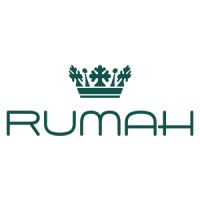
Circle K
Our mission at Circle K is to make our customers' lives a little easier every day. We are part of communities across North America, Europe, Asia, and the Middle East, helping us grow into one of the world’s leading convenience and fuel retail businesses. Our parent company, Alimentation Couche-Tard (“Couche-Tard”), is a leader in the Canadian convenience store industry. Together, we are brightening journeys across more than 14,200 stores in 26 countries worldwide. We’re all about Growing Together. Learn how you can join our team today: https://workwithus.circlek.com. Work with us, and we’ll make it work for you. Find out more at https://www.circlek.com/ or connect with us on Facebook, Instagram, or Twitter.






